Growth of the Food and Beverage Sector
The expansion of the food and beverage sector serves as a significant driver for the Plastic Container Market. With the increasing global population and urbanization, the demand for packaged food and beverages continues to rise. In 2025, the food packaging market is expected to surpass 400 billion dollars, with plastic containers playing a crucial role in preserving product freshness and extending shelf life. This growth is particularly evident in sectors such as dairy, snacks, and beverages, where plastic containers are favored for their versatility and cost-effectiveness. As the food and beverage industry evolves, the Plastic Container Market is poised to capitalize on these trends, providing innovative packaging solutions that cater to diverse consumer preferences.
Rising Demand for Convenience Packaging
The increasing consumer preference for convenience packaging is a notable driver in the Plastic Container Market. As lifestyles become busier, consumers are gravitating towards products that offer ease of use and portability. This trend is reflected in the growing demand for ready-to-eat meals and on-the-go snacks, which often utilize plastic containers for their lightweight and durable properties. In 2025, the convenience food sector is projected to reach a market value of approximately 300 billion dollars, further emphasizing the role of plastic containers in meeting consumer needs. The Plastic Container Market is likely to benefit from this shift, as manufacturers innovate to create packaging solutions that align with consumer expectations for convenience.
Sustainability and Recycling Initiatives
Sustainability initiatives are increasingly influencing the Plastic Container Market. As environmental concerns gain prominence, consumers and businesses alike are advocating for eco-friendly packaging solutions. The push for recycling and the use of recycled materials in plastic containers is becoming a focal point for manufacturers. In 2025, it is estimated that the market for recycled plastic containers will grow by 15%, driven by regulatory pressures and consumer demand for sustainable products. Companies are investing in research and development to create biodegradable and recyclable plastic options, which could reshape the landscape of the Plastic Container Market. This shift towards sustainability not only addresses environmental issues but also aligns with the values of a growing segment of eco-conscious consumers.
E-commerce Growth and Packaging Solutions
The rise of e-commerce is a pivotal driver for the Plastic Container Market. As online shopping becomes more prevalent, the demand for effective packaging solutions that ensure product safety during transit is escalating. In 2025, the e-commerce packaging market is expected to reach a valuation of over 100 billion dollars, with plastic containers being a preferred choice due to their lightweight and protective qualities. This trend is particularly evident in sectors such as cosmetics, food delivery, and consumer electronics, where packaging integrity is paramount. The Plastic Container Market must adapt to these evolving needs, providing innovative packaging solutions that cater to the unique challenges posed by e-commerce logistics.
Technological Advancements in Manufacturing
Technological advancements in manufacturing processes are transforming the Plastic Container Market. Innovations such as automation, 3D printing, and advanced molding techniques are enhancing production efficiency and reducing costs. In 2025, the adoption of smart manufacturing technologies is projected to increase by 20%, allowing companies to produce high-quality plastic containers at a faster rate. These advancements enable manufacturers to respond swiftly to market demands and customize products to meet specific consumer needs. As technology continues to evolve, the Plastic Container Market is likely to experience increased competitiveness and improved product offerings, positioning itself favorably in a rapidly changing market landscape.


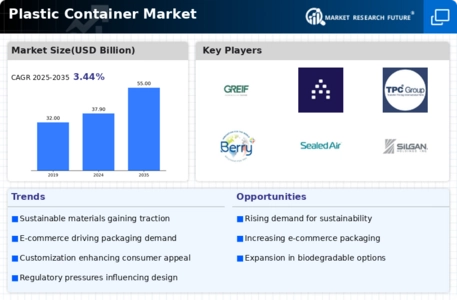
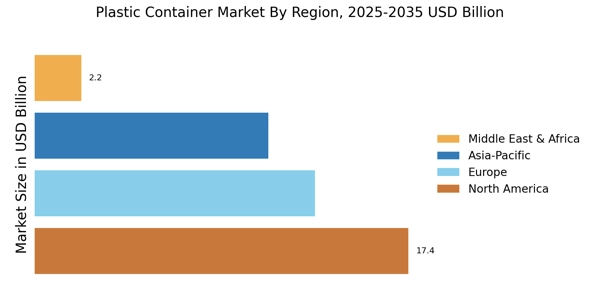
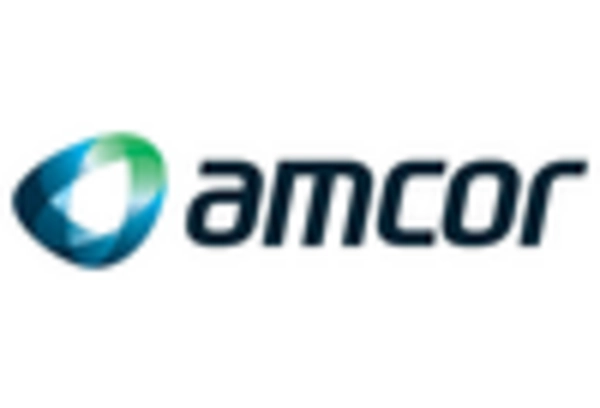
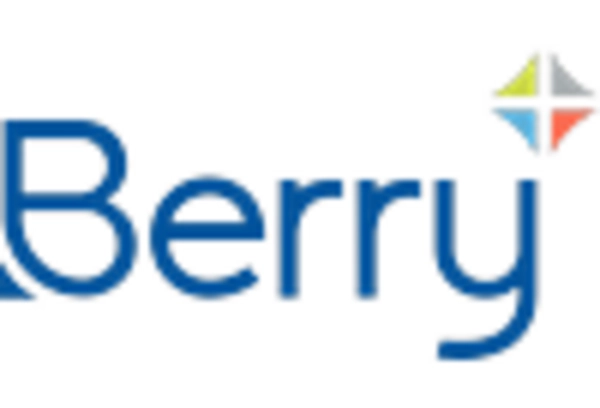
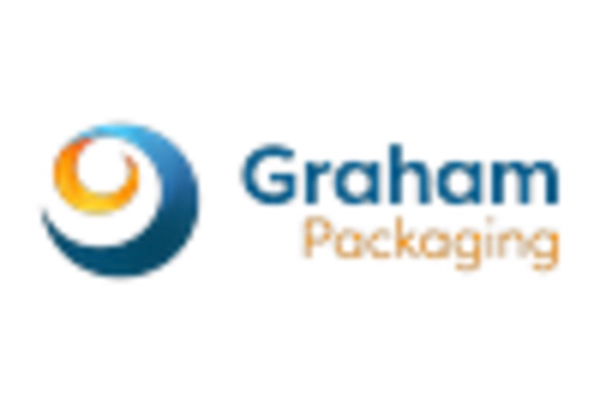

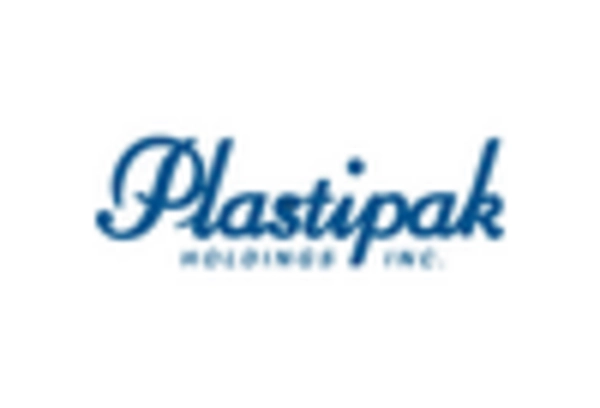
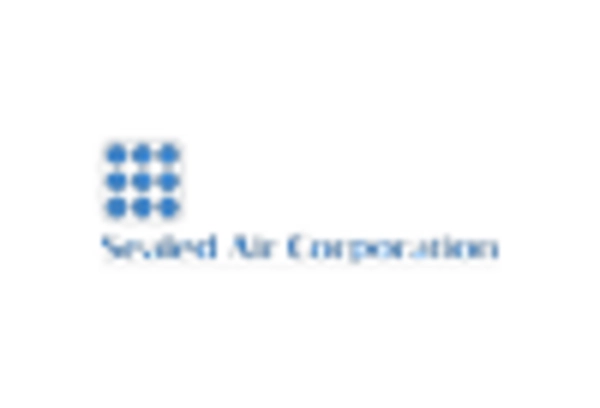








Leave a Comment